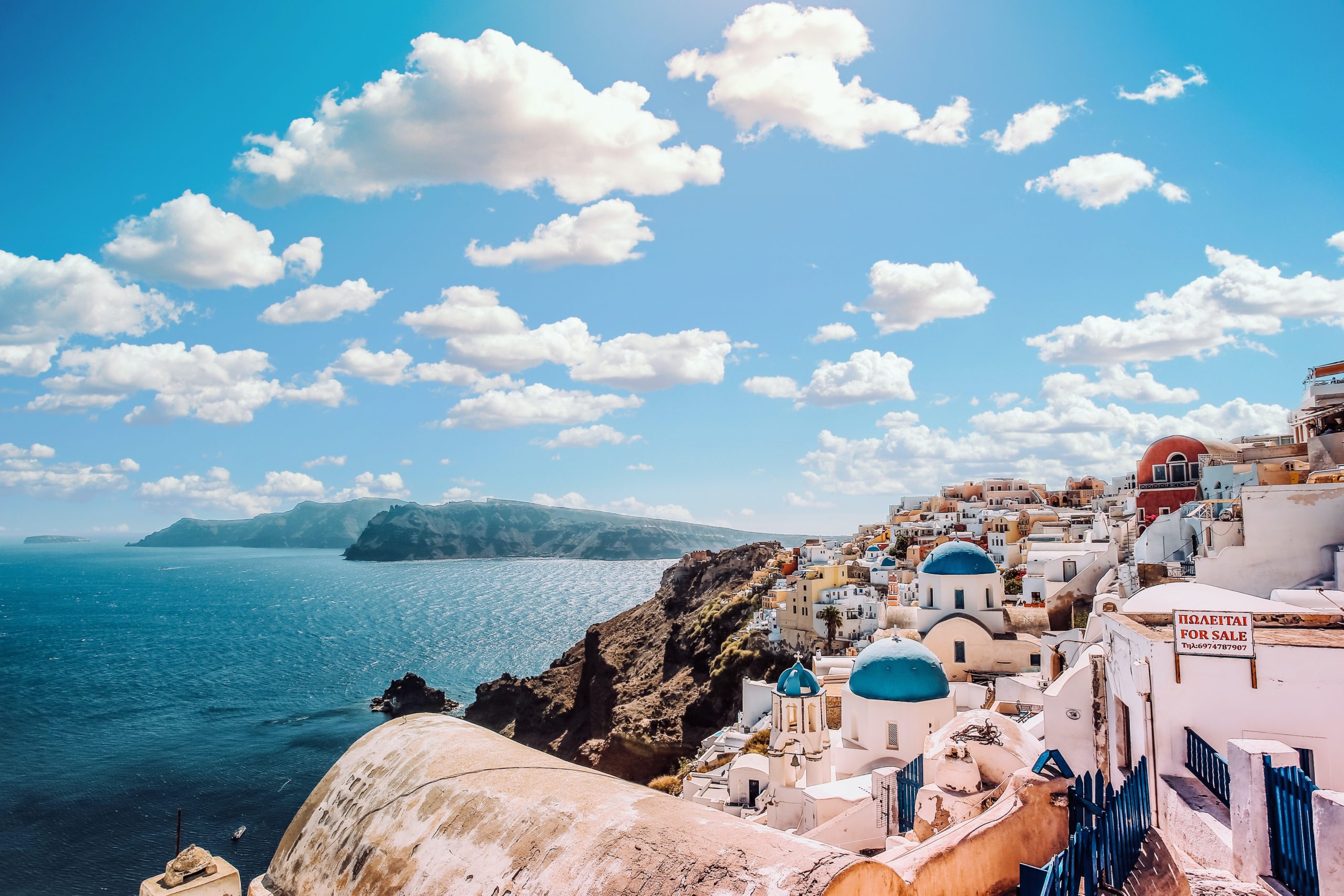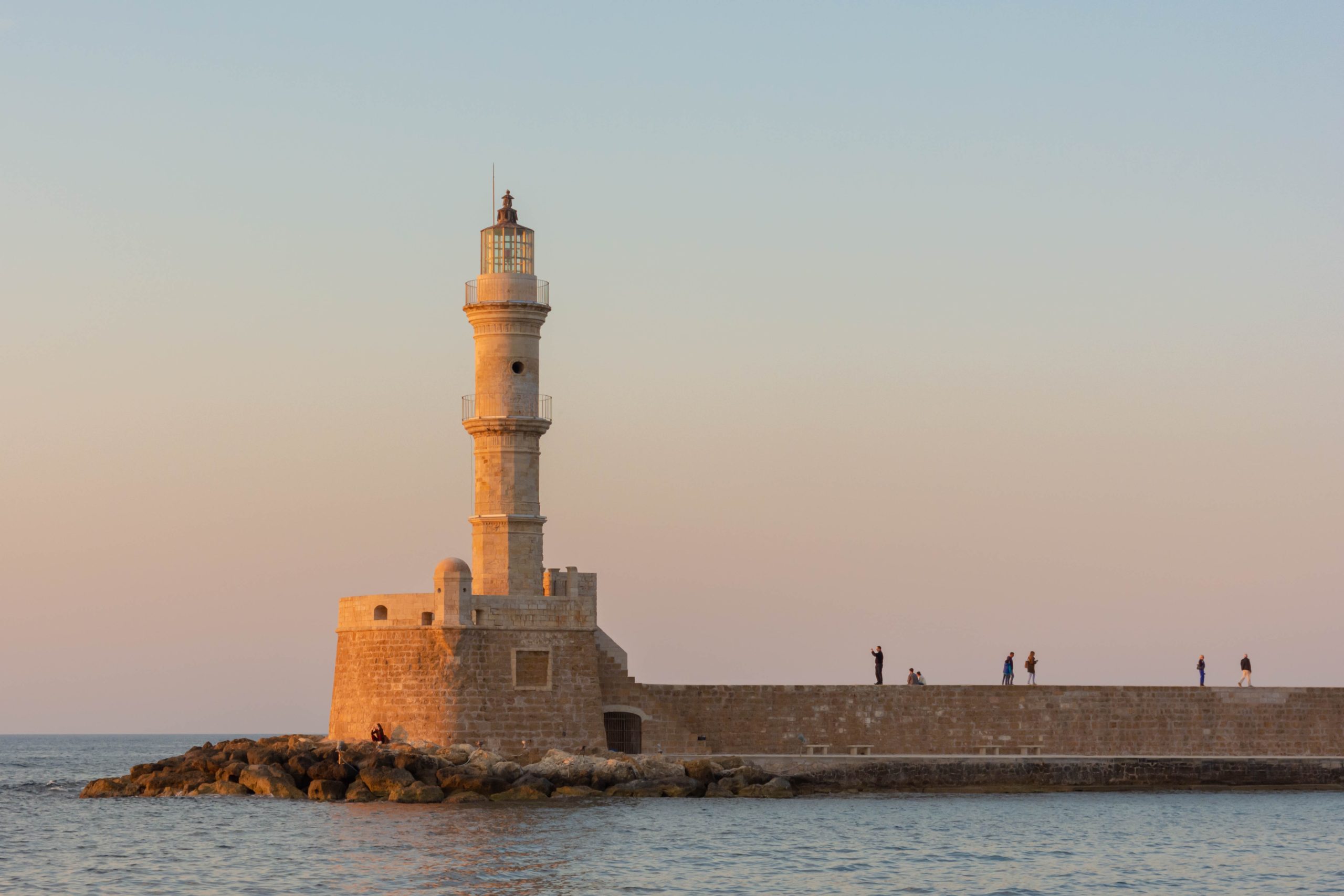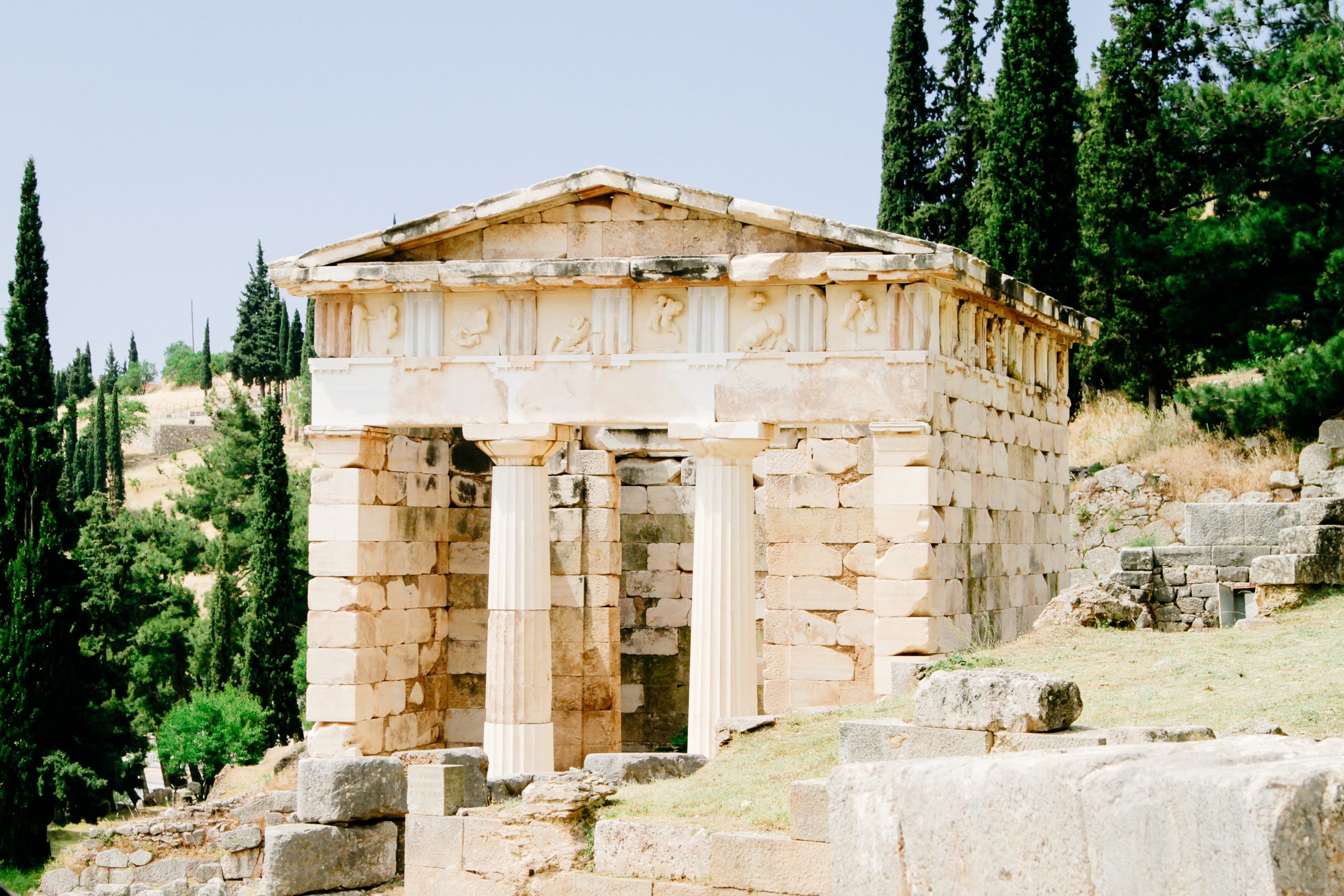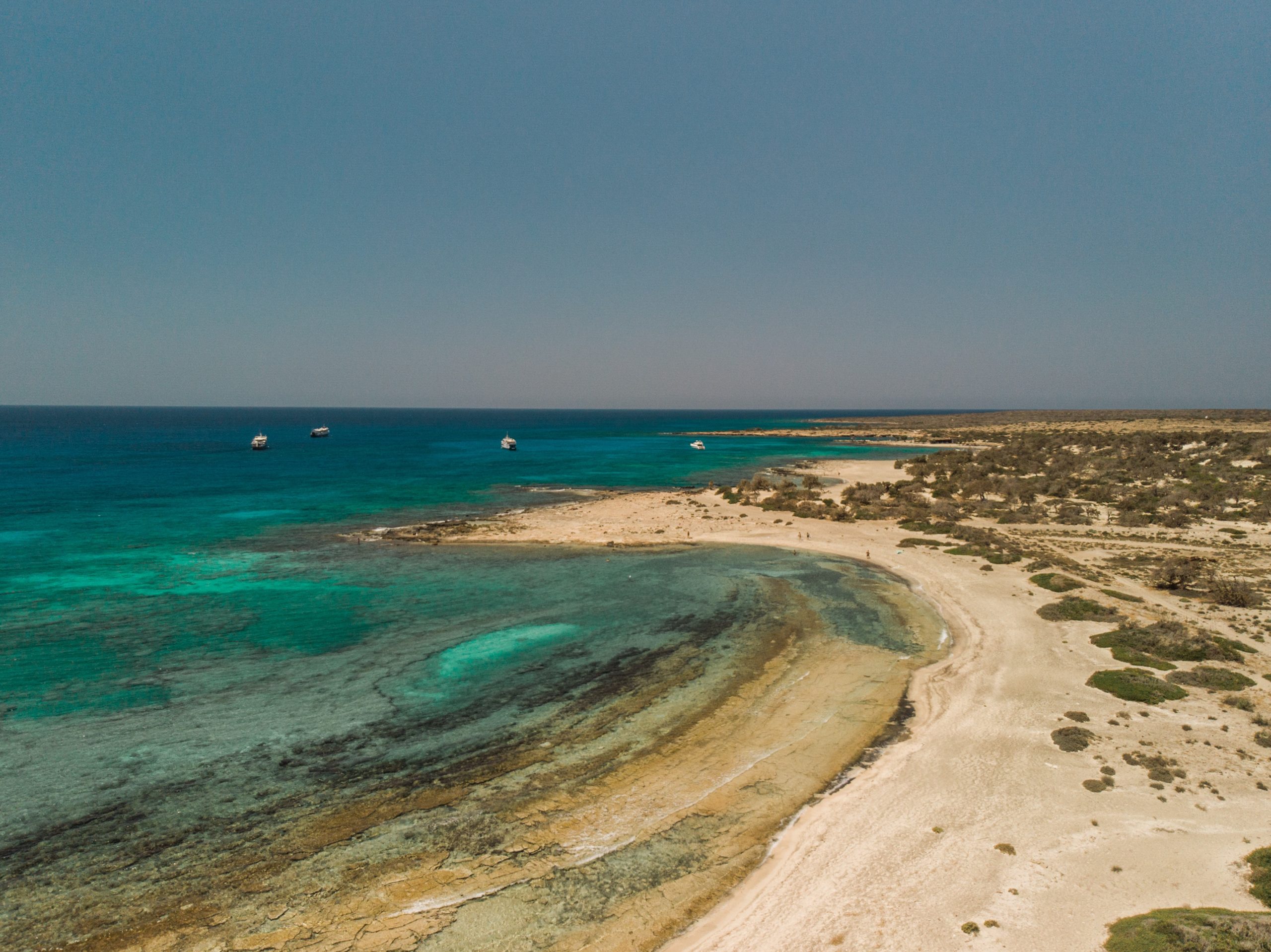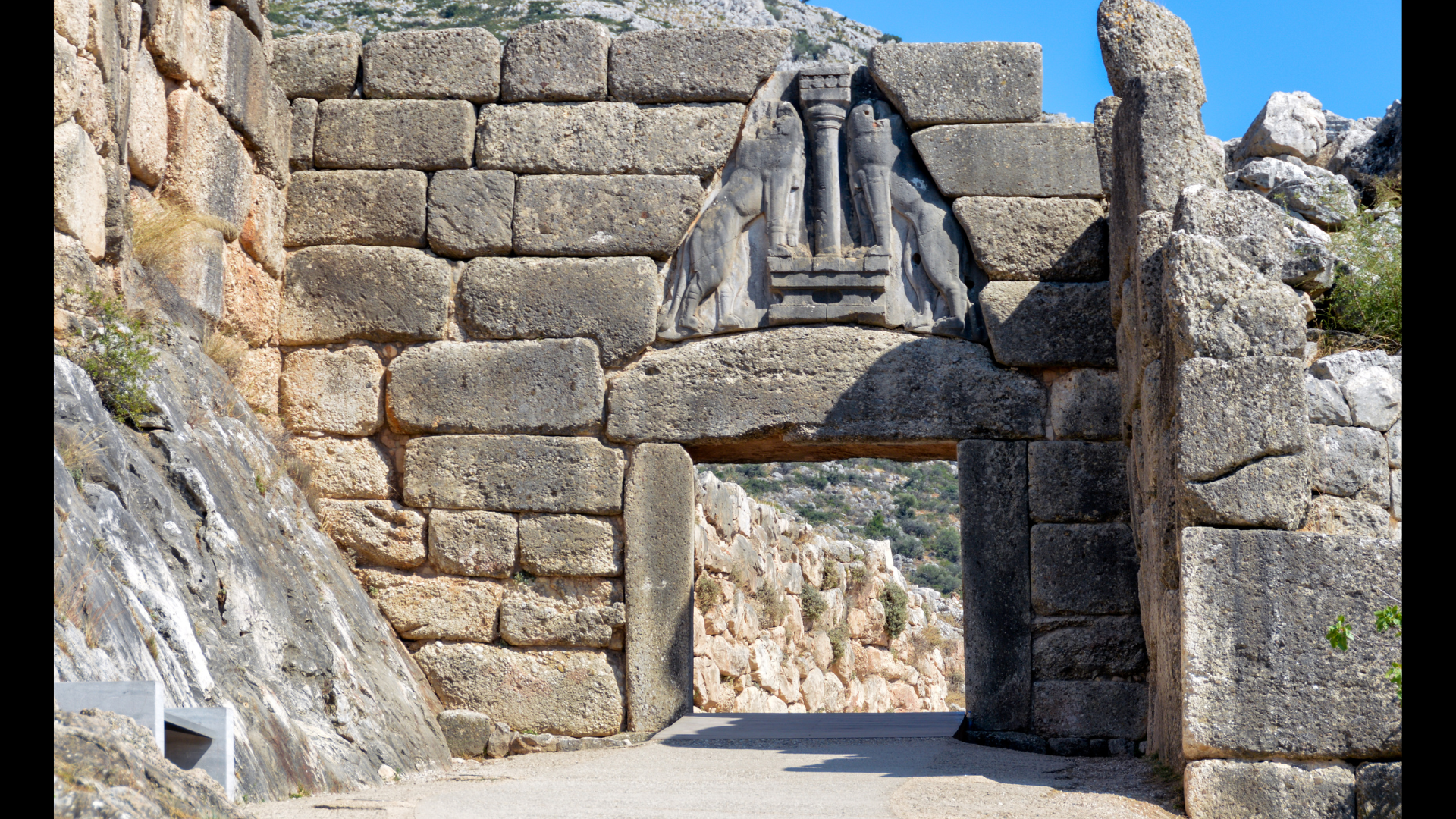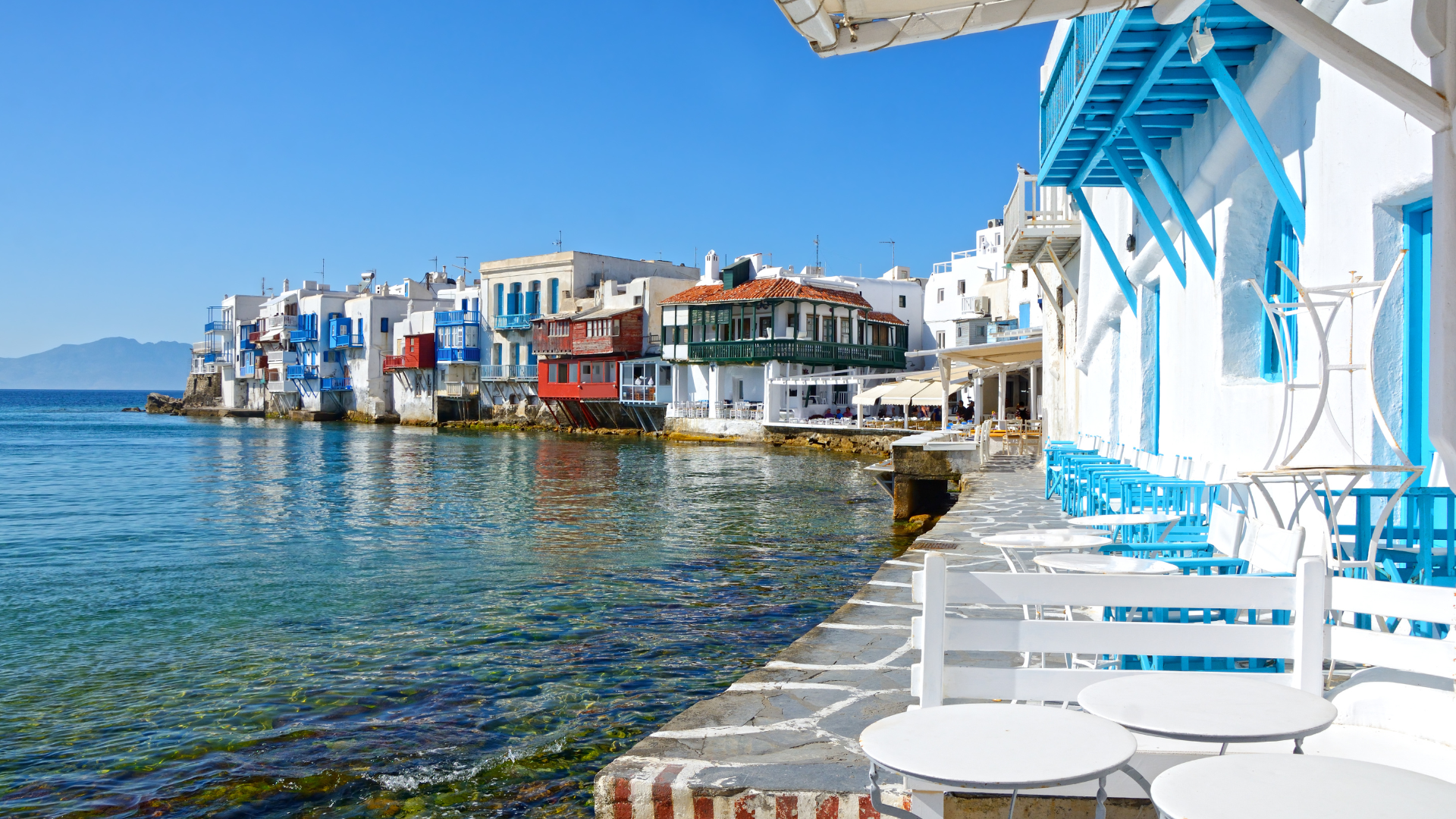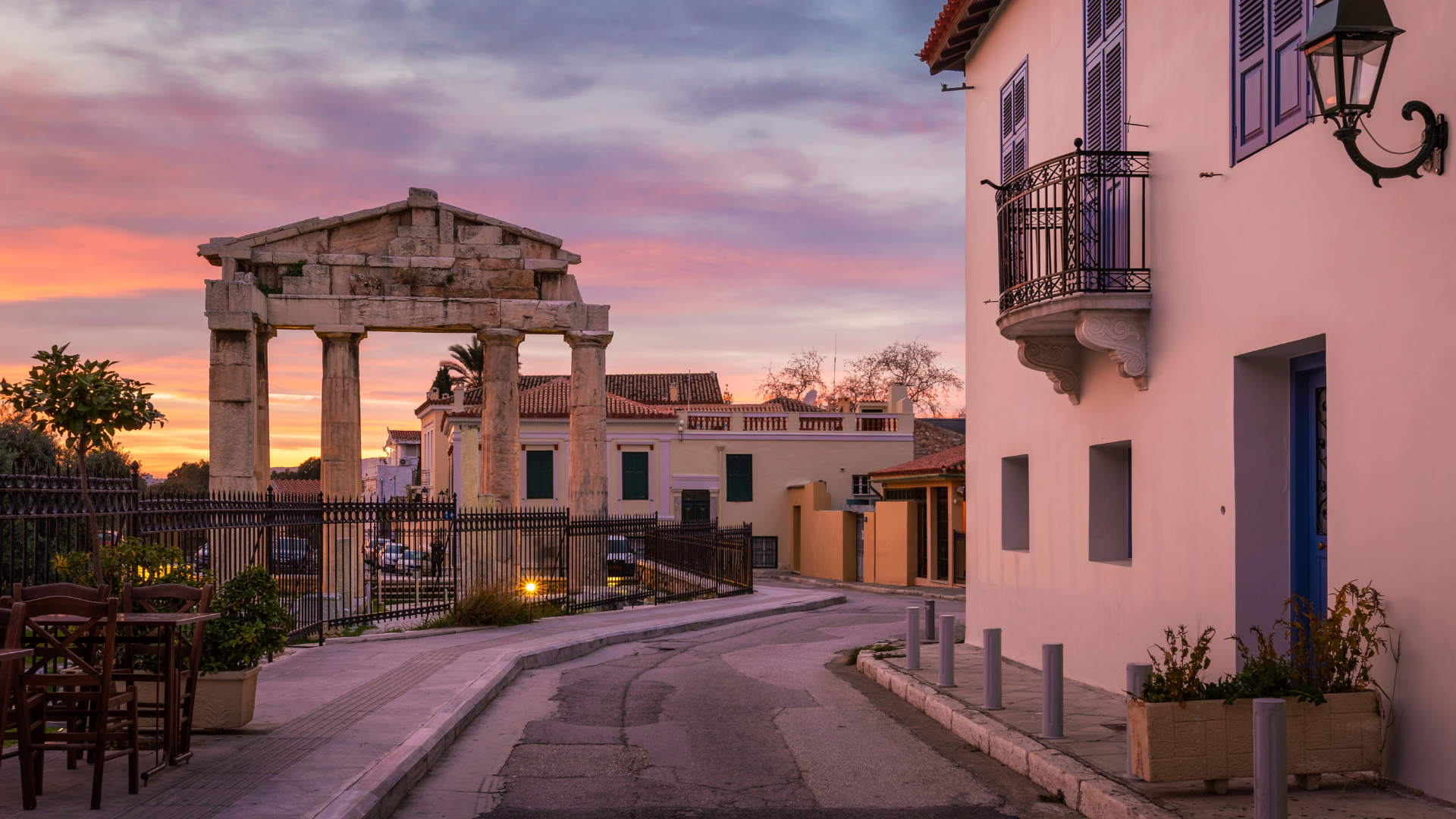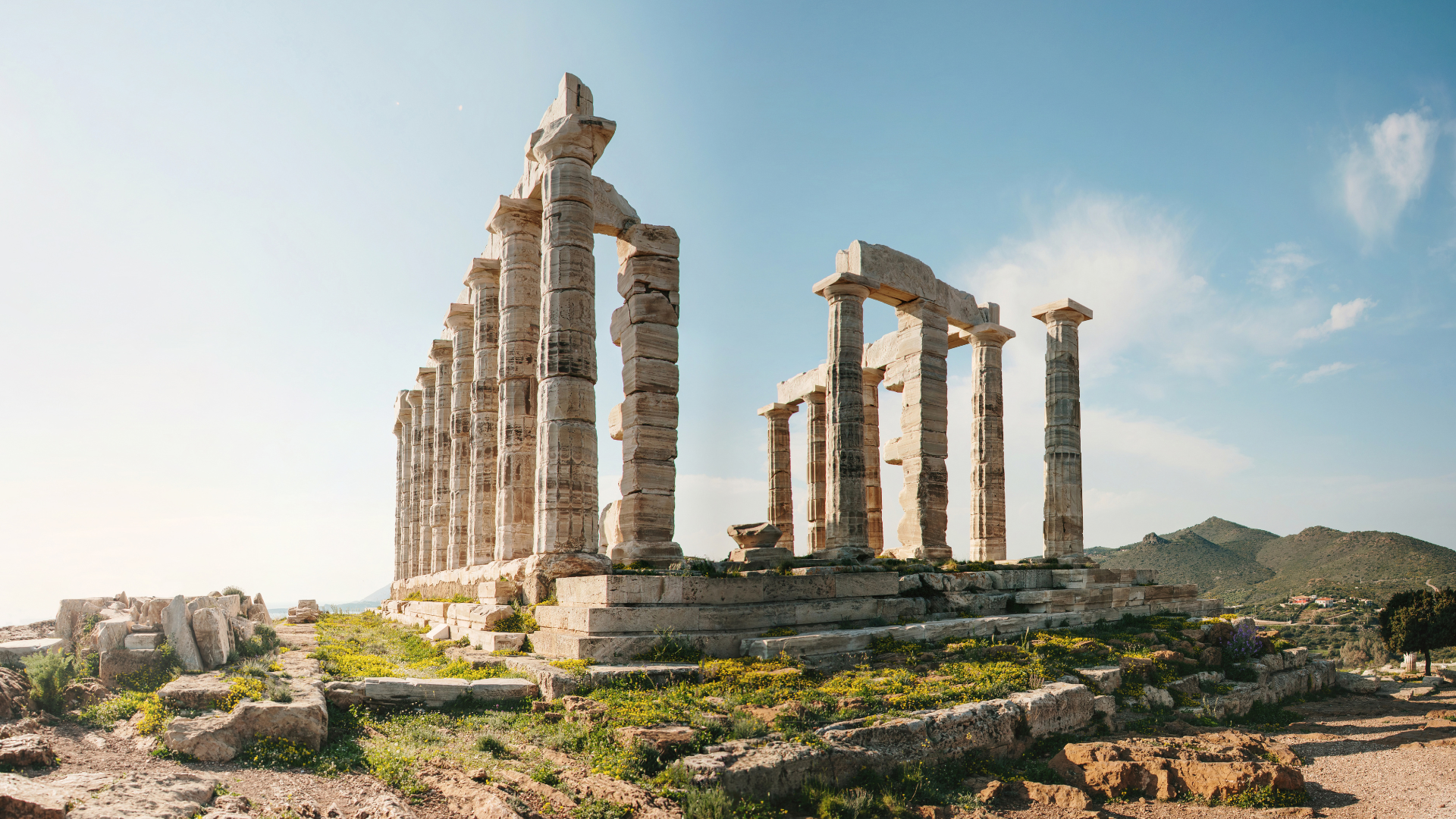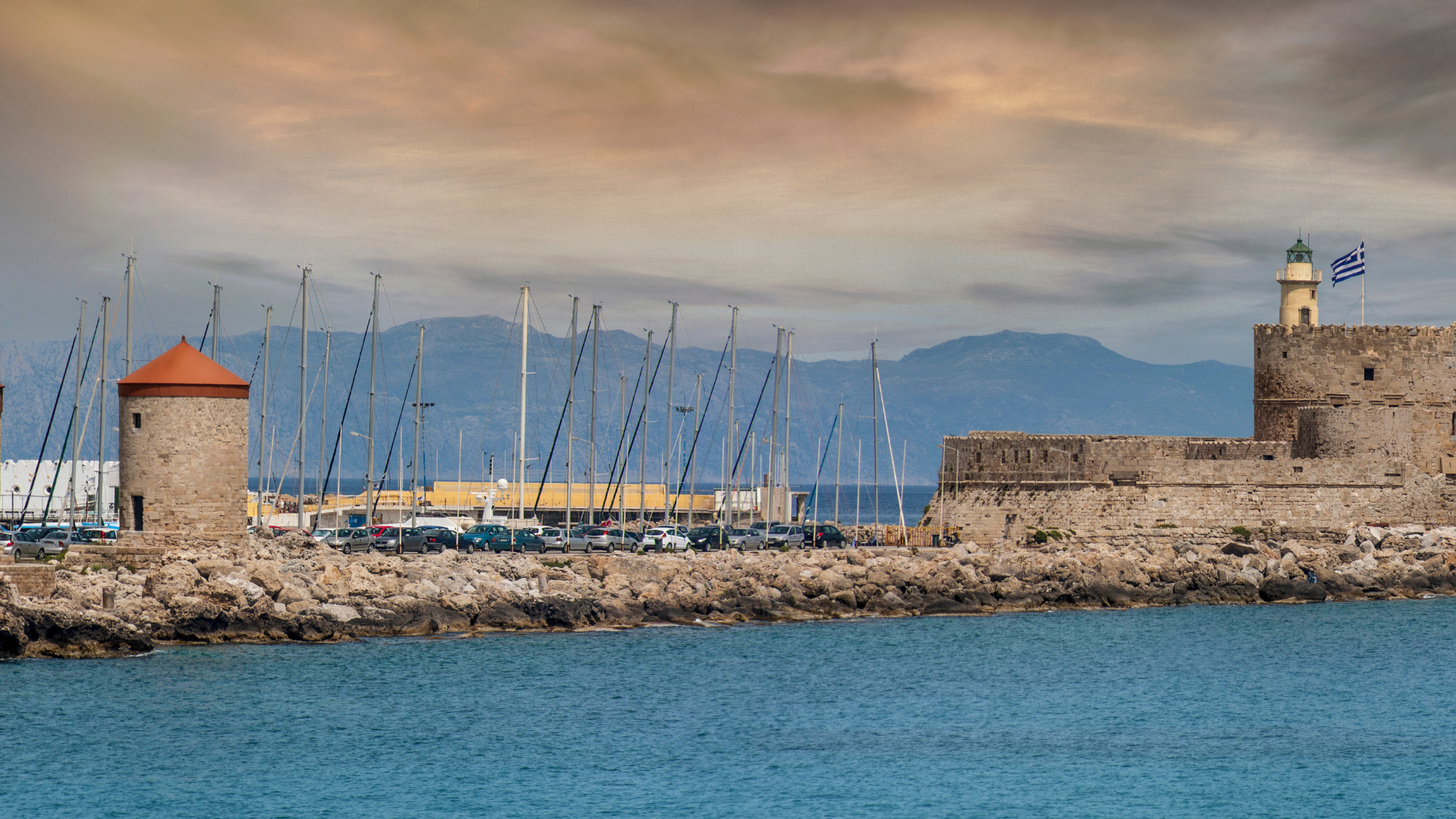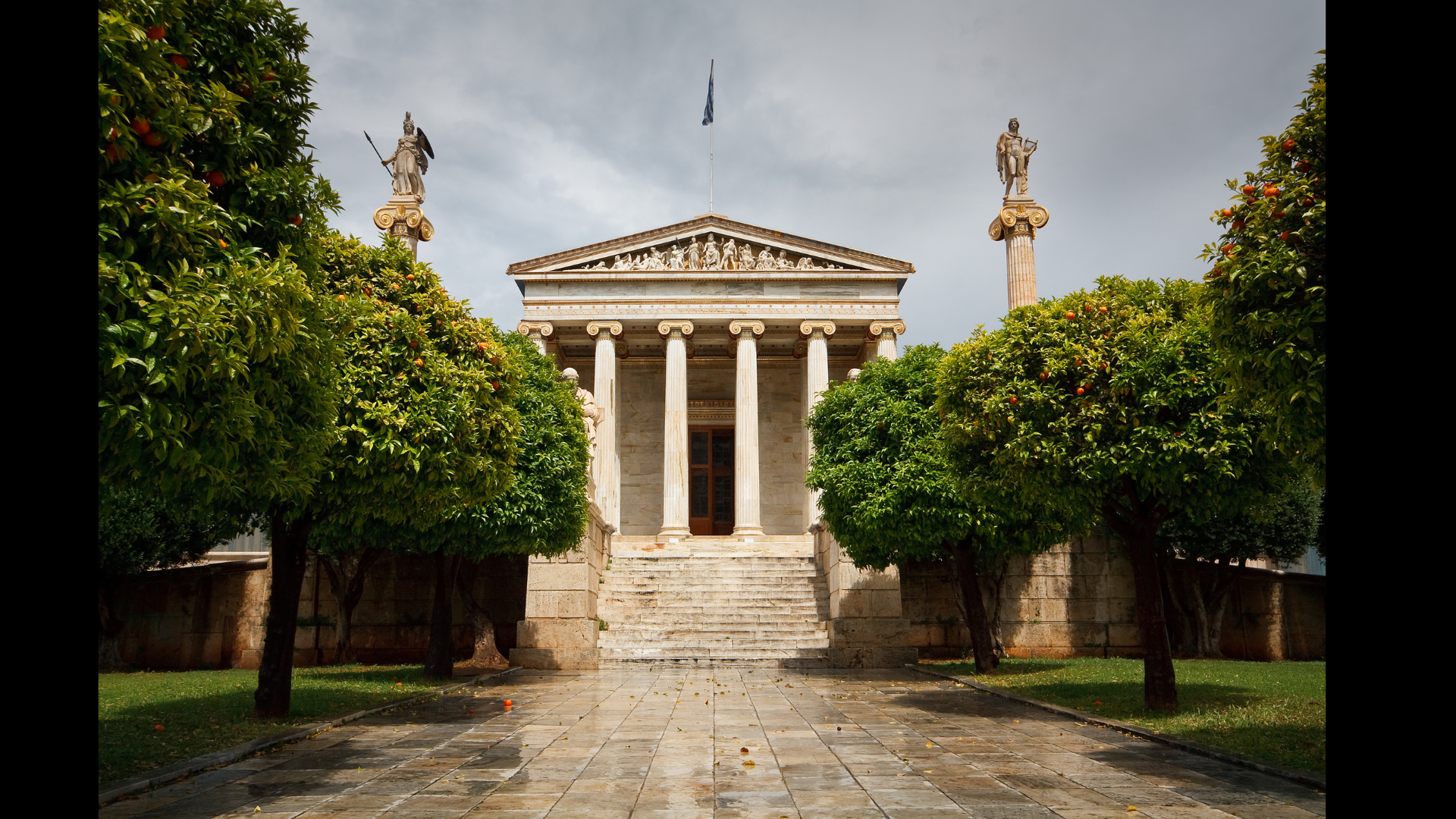Study in Greece – Discover Greece
Study in Greece and Become a Graduate of the World!
Discover Greece
”Gorgeous country, vibrant night life, history at your feet.”
Greece is just waiting to welcome you, with vibrant towns, friendly, hospitable people, stunning landscapes, Mediterranean climate, brilliant nights out and 3.000 years of unparallel history and culture, all within a day’s reach.
Have fun
Someone must have told you about the famous nightlife in Greece. Whatever you have heard is nothing compared to what you will experience during your stay in Greece. The ideal way to get to know Greece and to discover the true spirit of the Greek people is by combining studies with pleasure. The philosophy of IST College is to place their students at the heart of everything we do. So, other than offering a welcoming environment in which you can learn and develop your skills, we also offer you the opportunity to have a great time during your stay.
Going out?
Athens, the city that never sleeps. Experience first-hand some of the best clubs in Europe, dance the night away in small, hip bars, listen to guest appearances by famous DJ’s, enjoy your coffee at the Acropolis Museum overlooking the Parthenon. Whatever you want to do, there is something for everyone.
Trace the footprints of Greek history & culture
The birthplace of democracy, western philosophy and the Olympic Games is waiting for you to explore.
Visit some of the world’s best-known historical monuments, walk the path Socrates once walked and experience the glory of Ancient Greece.
Historians regard them as the founders of Western civilization. Greek civilization was far more advanced than any that had come before. The world’s first great dramatists, historians, orators, philosophers, and poets were Greek. The ancient Greeks were the first people to study botany, geometry, medicine, physics and zoology on a scientific basis. They also held the first athletic games.
Explore endless kilometers of coasts, breathtaking landscapes
- Dive into crystal blue waters
- Drive through the majestic beauty of Mani’s countryside
- Walk through the picturesque streets of Cyclades
- Watch the sunset at Santorini
- Experience long, sunny summers
- Enjoy your walks or day ventures in a sun-kissed country
- Watch your favorite movie under the starry nights
- Have a drink at a terrace overlooking the Acropolis
Discover the richness & splendor of Greek food
Taste a rich and diverse array of food.
See the following which is in walking distance from IST College!
Acropolis
The Acropolis of the fifth century BC is the most accurate reflection of the splendour, power and wealth of Athens at its greatest peak, the golden age of Perikles. In the mid-fifth century BC, when the Acropolis became the seat of the Athenian League and Athens was the greatest cultural centre of its time, Perikles initiated an ambitious building project which lasted the entire second half of the fifth century BC. Athenians and foreigners alike worked on this project, receiving a salary of one drachma a day. The temples on the north side of the Acropolis housed primarily the earlier Athenian cults and those of the Olympian gods, while the southern part of the Acropolis was dedicated to the cult of Athena in her many qualities: as Polias (patron of the city), Parthenos, Pallas, Promachos (goddess of war), Ergane (goddess of manual labour) and Nike (Victory).
The Ancient Agora
Situated to the north-west of the Acropolis, the Ancient Agora of Athens was originally established as the administrative and trade centre of the city – hence its name, the ‘trade marketplace’. The Agora witnessed the Panathenaic Procession, the greatest celebration in the ancient city of Athens, memorialising the unification of Attica under King Theseus. Inhabited since prehistoric times, the Agora became the city centre by 5 BC, and was home to secular and sacred activities that were practised in a multitude of public buildings – many of which still stand in ruins. Throughout its turbulent history, the Agora survived multiple sacks, suffering its most serious damage by the Persians in 480 BC, the Romans under Syllas in 86 BC, and the Heruli in 267 AC. Finally abandoned in the sixth century, the area eventually became covered by houses and churches. The ruins of the Ancient Agora remained buried and forgotten for 1,400 years, until extensive excavations in the 19th and 20th centuries revealed its archaeological treasures
Stoa of Attalos
The impressive Stoa of Attalos is a restored building on the eastern side of the Ancient Agora. Named after King Attalus II of Pergamon, who gave it to the city as a gift, the Stoa was erected between 159 and 138 BC. It was, at the time, the longest free-standing, roofed building in the city. Designed to house the city’s commercial activities, the two storey structure measured 120 metres long, and contained 21 stores and workshops. With walls constructed entirely of limestone, the doors, door jambs, staircases, columns and wall studs were all of white Pentelic marble.
Within an hour from IST you’re at Sounio for a swim!
Sounio Temple of Poseidon
Sounion was fortified in the nineteenth year of the Peloponnesian War (413 BCE) for the purpose of protecting the passage of the cornships to Athens,[6]and was regarded from that time as one of the principal fortresses of Attica. In 413 BC, during the Peloponnesian War against the Spartans, the Athenians fortified the site with a wall and towers to prevent it from falling into Spartan hands. This would have threatened Athens’ seaborne grain supply route from Euboea.
Famous places to visit!
Accommodation in Athens
”There is more to life than just studying.”
Athens is the capital city of Greece and one of the largest cities in Europe. It combines the infrastructure of a modern European city with local tradition and customs. It offers an ultra-modern metro system linking the city center with major suburbs. Accommodation and food are less expensive when compared to other European cities. This ancient city, rich in culture with post-Olympic state-of-the-art facilities and ideal year-round weather, is the ideal place to study. IST can offer international students good solutions in accommodation near its premises.
The International Relations Office at IST can assist international students in the application and admission procedure (including visa procedures) as well as in locating suitable accommodation at a low cost.
For further help on accommodation in Athens click on the following link.
